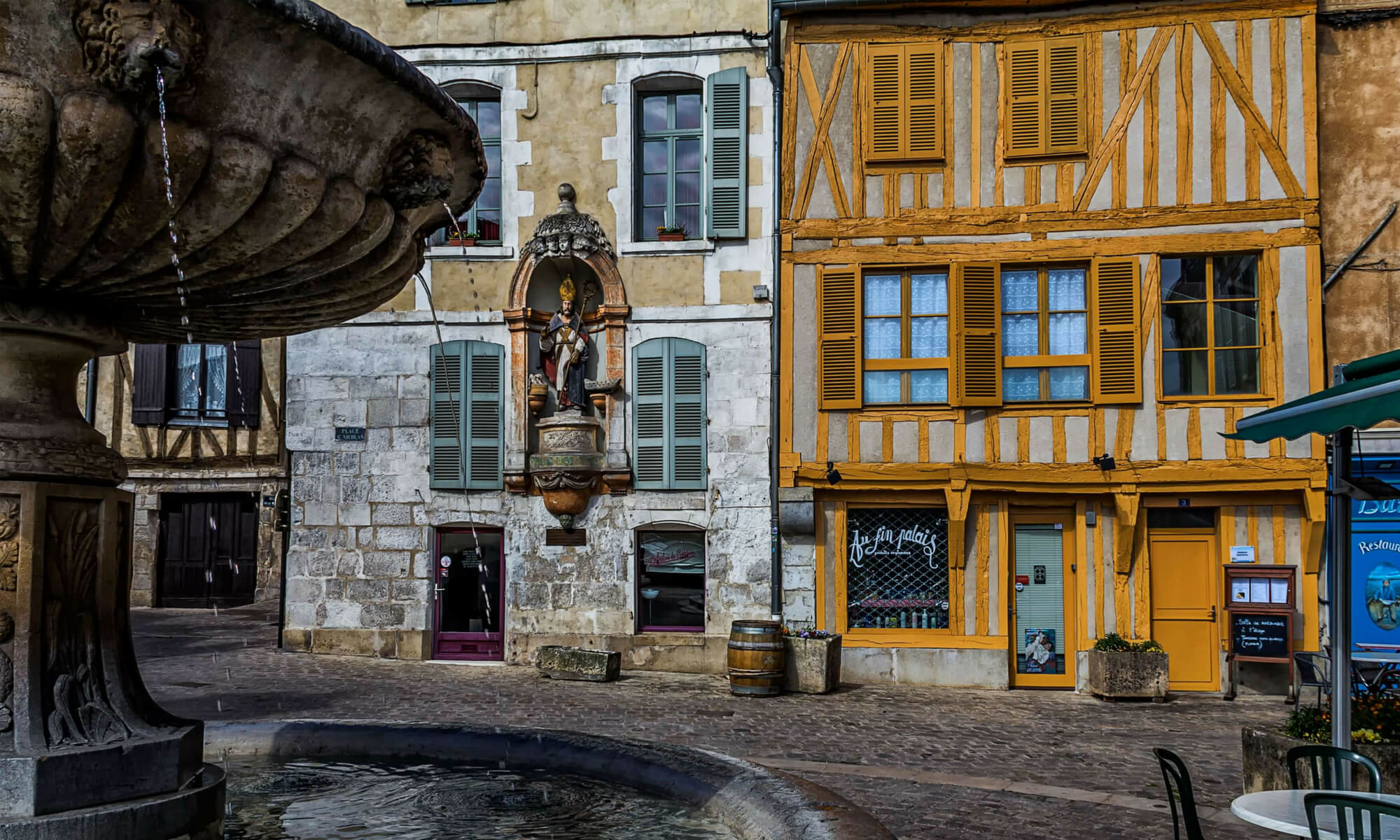Categories: French History, Hauts-de-France
Have you ever visited a place where the past feels incredibly present? In this episode of Join Us in France, host Annie Sargent chats with Felix Wang, a tour guide at the Canadian National Vimy Ridge Memorial. Together, they explore the history, significance, and emotional weight of Vimy Ridge and the role it played during World War I. Felix, who hails from Toronto, offers unique insights into Vimy Ridge’s importance not only for France but for Canada as well.
Get the podcast ad-free
Vimy Ridge was the site of one of the most significant battles for Canada in WWI. Located in the Nord-Pas-de-Calais region of France, Vimy Ridge was a strategic high ground captured by Canadian forces in April 1917. Felix explains how this battle marked a turning point for Canada, cementing it as a nation on the global stage. Over four intense days, Canadian troops managed to capture this heavily fortified ridge, suffering heavy losses—3,598 soldiers killed and over 7,000 injured. Today, the Vimy Ridge Memorial honors those brave men and serves as a place of remembrance and reflection.
Why Visit the Vimy Ridge Memorial?
Annie and Felix encourage anyone visiting northern France to stop at the Vimy Ridge Memorial, a breathtaking structure that rises from the landscape with twin limestone pillars reaching toward the sky. Designed by Canadian architect Walter Allward, the memorial features 11,285 names of Canadian soldiers who fought in France and have no known grave. Felix shares how Allward’s design was inspired by a dream, with each of the two pillars representing Canada and France. On a clear day, the blue sky between the columns symbolizes the Atlantic Ocean, the connection between these two nations.
For those planning a trip to Vimy, Felix suggests starting at the Visitor Centre. The centre houses an impressive museum that provides context about Canada’s role in the war, as well as exhibits on the lives of soldiers and their families. This background helps visitors fully appreciate the site and its significance. The centre is open nearly year-round, except for a brief winter closure, and offers free guided tours every half hour, providing a comprehensive understanding of the battle.
Exploring the Trenches and Tunnels
Visitors to Vimy Ridge can explore preserved trenches, which give a chilling sense of the conditions soldiers faced. Felix explains how the Canadian and German lines were only a short distance apart, with “No Man’s Land” in between. Annie shares her own experience of walking through these trenches and feeling the eerie weight of history. For those who want a deeper look, the guided tour includes access to the Grange Tunnel, one of the original tunnels used during the battle. Felix explains that these tunnels were used to shelter soldiers and transport messages safely underground, keeping them hidden from enemy fire.
Not to Miss Near Vimy Ridge
Beyond the Vimy Ridge Memorial, the surrounding area in the Hauts-de-France region holds other significant sites. Felix highlights the Notre Dame de Lorette, the largest French military cemetery, which commemorates the thousands of French soldiers who died in the region. Visitors can also see the “Ring of Remembrance,” a massive circular monument listing the names of soldiers from many nations who lost their lives in World War I.
Another must-see site is the Wellington Quarry in Arras, where New Zealand soldiers connected a network of medieval tunnels to get closer to the German lines. Felix describes the Wellington Quarry as a moving and informative stop, particularly for those interested in the larger scope of the Battle of Arras.
The Emotional Impact of Visiting Vimy Ridge
Annie and Felix also delve into the emotional impact of visiting Vimy Ridge. Felix reflects on how meaningful it is to help visitors connect with history, especially those tracing family members who fought there. He notes that many Canadians feel a deep sense of pride and sorrow when they see their ancestors’ names inscribed on the memorial. For Felix, guiding at Vimy Ridge isn’t just a job; it’s an opportunity to keep these stories alive and ensure future generations remember the sacrifices made on this ground.
Listen to the Episode
Vimy Ridge is more than a historical site; it’s a place of deep memory and national pride. This episode offers a powerful glimpse into the experiences of Canadian soldiers in WWI and the ongoing efforts to remember their bravery. Felix Wang’s insights bring the history of Vimy Ridge to life, making this a must-listen for anyone interested in France’s WWI sites, Canadian history, or meaningful travel experiences.
Tune in to this episode of Join Us in France to hear Felix’s firsthand knowledge and learn why Vimy Ridge holds such a special place in Canadian and world history. Whether you’re planning a visit to northern France or are simply interested in learning more, this episode will give you a greater appreciation for Vimy Ridge and its enduring legacy.
Table of Contents for this Episode
More episodes about French history
#VimyRidge, #WWIRemembrance, #CanadianHistory, #FranceTravel, #WarMemorials, #BattlefieldTour, #ExploreFrance, #HistoricalSites, #JoinUsInFrance, #PodcastEpisode, #TravelPodcast, #CanadianMemorial, #RememberingWWI, #VimyMemorial, #TravelFrance, #FranceWithAnnie, #CanadianHeroes, #WarHistory, #FranceCulture, #DiscoverFrance
FOLLOW US ON:
Discussed in this Episode
- Vimy Ridge Memorial
- Canadian National Memorial of Vimy Ridge
- Newfoundland Memorial of Beaumont-Hamel
- Notre Dame de Lorette
- Ring of Remembrance
- Wellington Quarry (Carrière Wellington)
- Visitor Centre at Vimy Ridge
- Trenches at Vimy Ridge
- Grange Tunnel.
Subscribe to the Podcast
Apple YouTube Spotify RSSSupport the Show
Tip Your Guides Extras Patreon Audio ToursIf you enjoyed this episode, you should also listen to related episode(s):
- WW1 Memorial Sites in France, Episode 211
- Retracing the Steps of a WW1 soldier, Episode 362
- Remembering the Spanish Flu and WW1, Episode 310
- Chateau-Thierry and the Battle of Belleau Wood, Episode 256
- Tips for a Visit to Lille, Episode 233

Read more about this episode
TranscriptCategories: French History, Hauts-de-France



